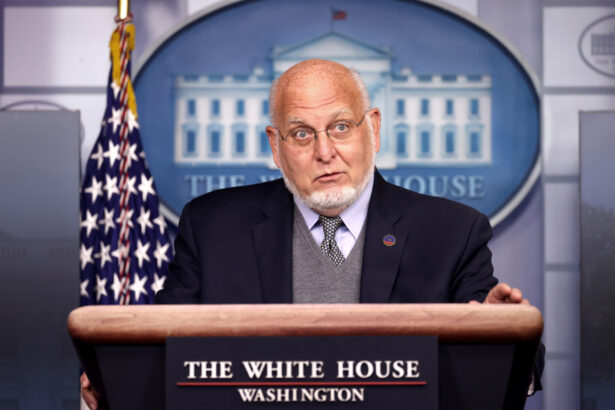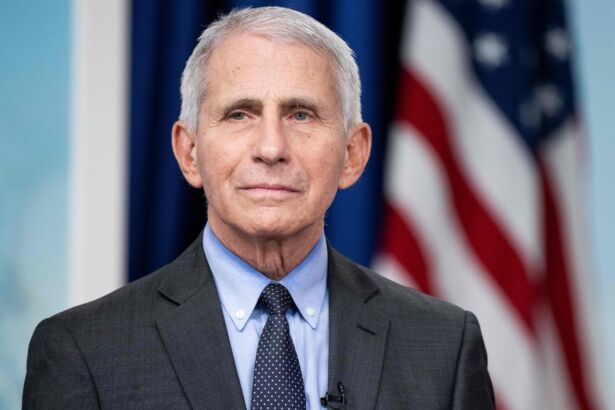The FBI and U.S. Department of State have not yet provided documents in response to a congressional request for information on the origin of the COVID-19 virus, which is due March 13, but the agencies are expected to comply, according to the House panel seeking the information.
The information was requested on Feb. 27 by Rep. James Comer (R-Ky.), chairman of the House Committee on Oversight and Accountability, and by Rep. Brad R. Wenstrup (R-Ohio), chairman of the Select Subcommittee on the Coronavirus Pandemic.
“We have not received documents at this time, but we are in communication with the agencies about the chairman’s request, and we expect compliance,” a spokesperson for the subcommittee told The Epoch Times on March 13.
A spokesperson for the State Department told The Epoch Times, “President Biden has directed every element of our intelligence community to put the effort and resources behind getting to the bottom of the origins of COVID-19. We will continue to use every tool to figure out what happened here. And if we gain further insight, the President has directed the Administration to share that with Congress and the American people.”
The FBI declined to comment.
The select subcommittee is investigating “the origins of COVID-19 and the CCP’s efforts to cover it up,” according to Feb. 27 letters sent to FBI Director Christopher Wray (pdf) and Secretary of State Anthony Blinken (pdf).
The subcommittee held an initial hearing on the origin of the virus on March 8, where witnesses offered mixed opinions on whether the origin of the virus can be definitively traced to a leak from a research laboratory in Wuhan, China, the epicenter of the global pandemic.
Wenstrup pledged “to leave no stone unturned to try to find the truth” about the origin of the virus in his opening statement to the subcommittee.

“This question is fundamental to helping us predict and prevent future pandemics, protecting our health and national security, and preparing the United States for the future,” Wenstrup said.
Fauci ‘Prompted’ Writing of Paper
The subcommittee’s majority staff issued a memo (pdf) on March 5 suggesting that Dr. Anthony Fauci, then-director of the National Institute of Allergy and Infectious Diseases, “prompted” the writing of a paper aimed at disproving the theory that the virus could have leaked from a research laboratory.
Testifying before the subcommittee, Dr. Robert R. Redfield, former director of the U.S. Centers for Disease Control, stated his unequivocal belief that the virus likely spread after escaping a research facility in Wuhan, China.
“Based on my initial analysis of the data, I came to believe—and still believe today—that it indicates COVID-19 infections more likely were the result of an accidental lab leak than the result of a natural spillover event,” Redfield said.
The U.S. intelligence community drew the same conclusion, stating in a 2021 report, now declassified, that it held that view with “moderate confidence.”
The U.S. Department of Energy reached that conclusion in February as well but rated its finding with “low confidence.”

Proponents of the laboratory leak theory have cited the fact that the horseshoe bat, from which some say the virus crossed over to the human population, is not found in the Wuhan area. The bat is native to sub-tropical southern China, some 1,000 miles from Wuhan.
Dr. Paul G. Auwaerter, clinical director of the Division of Infectious Diseases at Johns Hopkins School of Medicine, told the subcommittee the low-confidence conclusion reached by the Department of Energy means the finding was based on scant or questionable information so that no firm conclusions could be drawn from it.
“Investigations are ongoing, and there is currently no consensus among scientists and intelligence experts about the origins of COVID-19,” Auwaerter said.
The State Department did not reply to a request for comment by the time of publication.
From The Epoch Times


